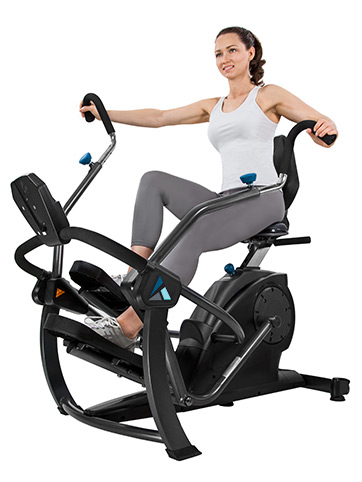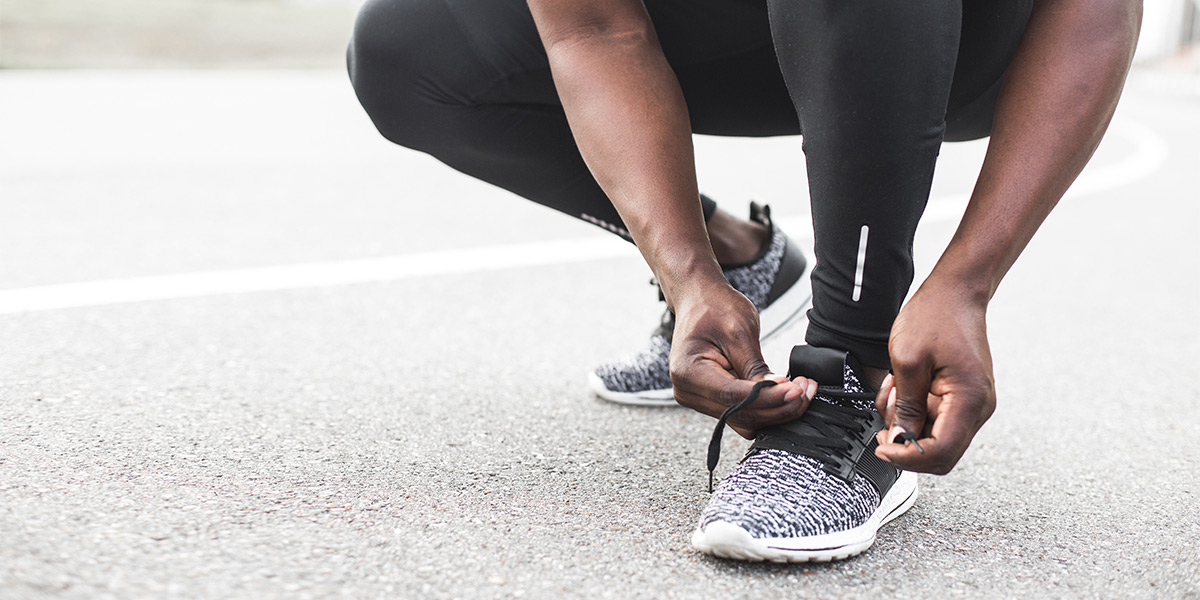The fitness industry is full of acronyms like AMRAP, WOD, 1RM, BMR, and BMI. Do we really need HIIT? According to the American Heart Association: Yes. While it may seem like an intense way of getting your daily fitness goals met, the health benefits of HIIT workouts are well worth the sweat.
What is a HIIT workout?
The acronym HIIT stands for High-Intensity Interval Training. These workouts include periods of all-out effort followed by resting periods. Some examples of HIIT workouts include:
- Running as fast as you can for 30 seconds, then walking or stopping to rest for 30 seconds, repeating this pattern for a total of ten minutes.
- Mixing movements that work different muscle groups together: 45 seconds of push-ups, squats, and sit-ups with 15 seconds of rest in between for a total of 15 minutes.
- On the Teeter Freestep, alternate between only using your arms and only using your legs: 45 seconds arms, 15 seconds rest, 45 seconds legs, 15 seconds rest for a total of 16 minutes. Already have a FreeStep? Try our Interval Workout!
What are the benefits of HIIT workouts?
HIIT Can Extend Your Life By Improving Your VO2 Max
Your VO2 Max is how much oxygen you can consume and deliver to your muscles during exercise. Increasing this number means that you can run faster for the same effort as before, or run for longer distances before your muscles tire out. Studies have shown that HIIT workouts can improve your VO2 max even more than endurance training such as long-distance running.
A study published by the American Heart Association linked low cardiorespiratory fitness (CRF), quantifiable as VO2 Max, with “a high risk of cardiovascular disease, all-cause mortality, and mortality rates attributable to various cancer”. The study also states that low CRF is “as strong a predictor of mortality as established risk factors such as cigarette smoking, hypertension, high cholesterol, and Type 2 diabetes.”

HIIT Boosts Your Calorie Burn After the Workout
Perhaps due to their intensity, studies have shown that HIIT workouts increase your metabolic rate (the speed at which your body turns food into energy) for hours after exercise, surpassing the metabolic rates shown after weight training or jogging.
HIIT Can Be Done Without Equipment
Fitness doesn’t have to include a gym membership or large weight machines filling up your garage. As shown in the examples above, a good HIIT workout can include simple exercises such as push-ups, sit-ups, and jumping jacks. But for those who need a more gradual, low-impact introduction to HIIT, the Teeter FreeStep provides an extremely versatile, gentler option.
HIIT Saves You Time
Working out at an all-out effort with limited rest for 15-20 minutes won’t be pleasant, but it’ll all feel worth it when you finish the last round. It will also be much easier to fit into a busy daily routine than an hour-long run or gym session. Anyone who says they “just don’t have the time” obviously hasn’t tried a HIIT workout.
The Bottom Line
A healthy heart, high metabolism, and stronger muscles. Need we say more? A HIIT workout is obviously not for everyone, but it can be adjusted for almost any purpose. As long as you do every exercise safely (with good form and minimized risk of injury) and with high effort, you’ll start to see results that will make you forget about the 15-20 minutes of panting it took to get you there.
Exercise Now. Pay Later.
Now you can try the Teeter FreeStep in your own home FREE for 30-Days, 0% APR* with Affirm.
